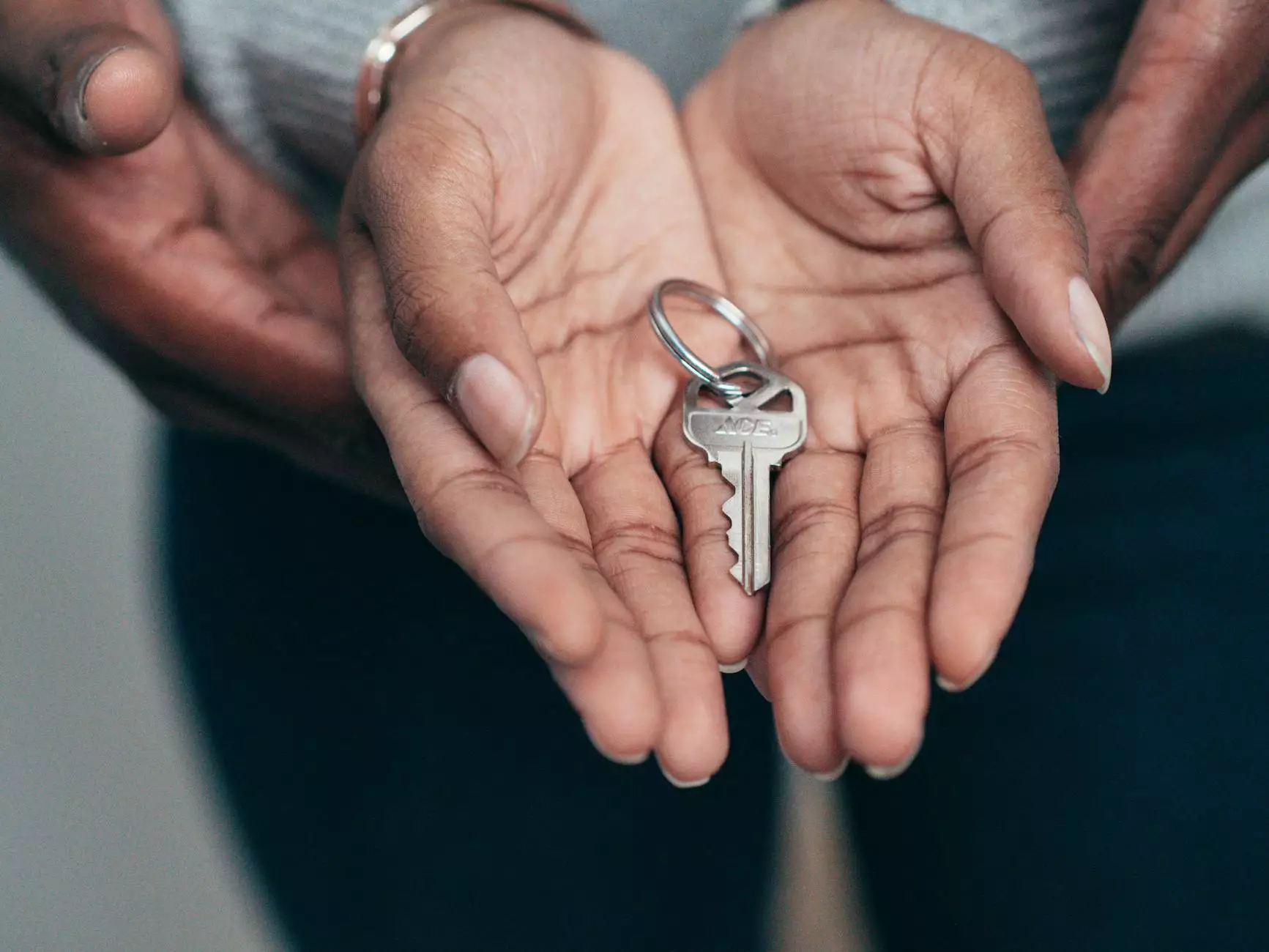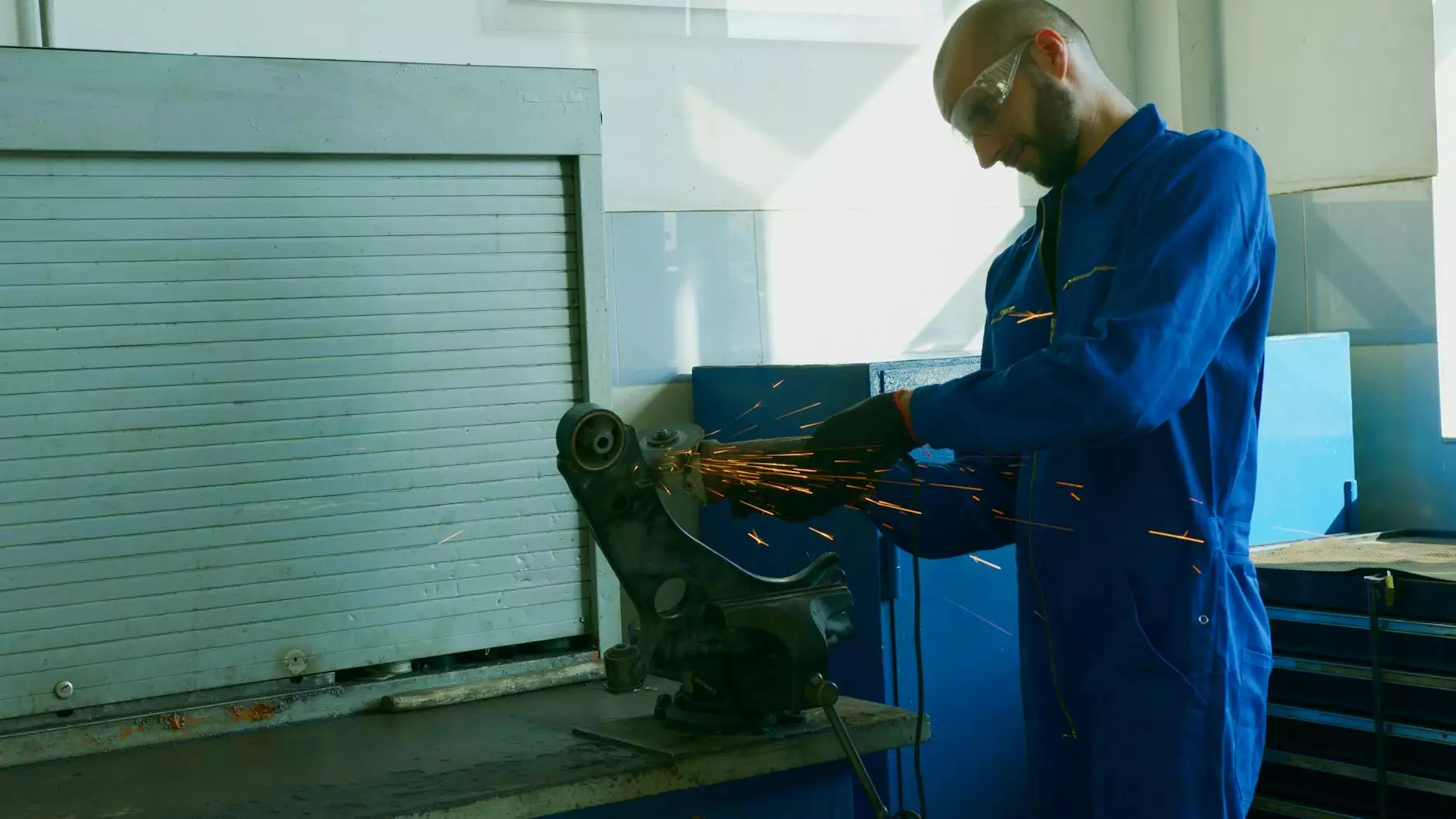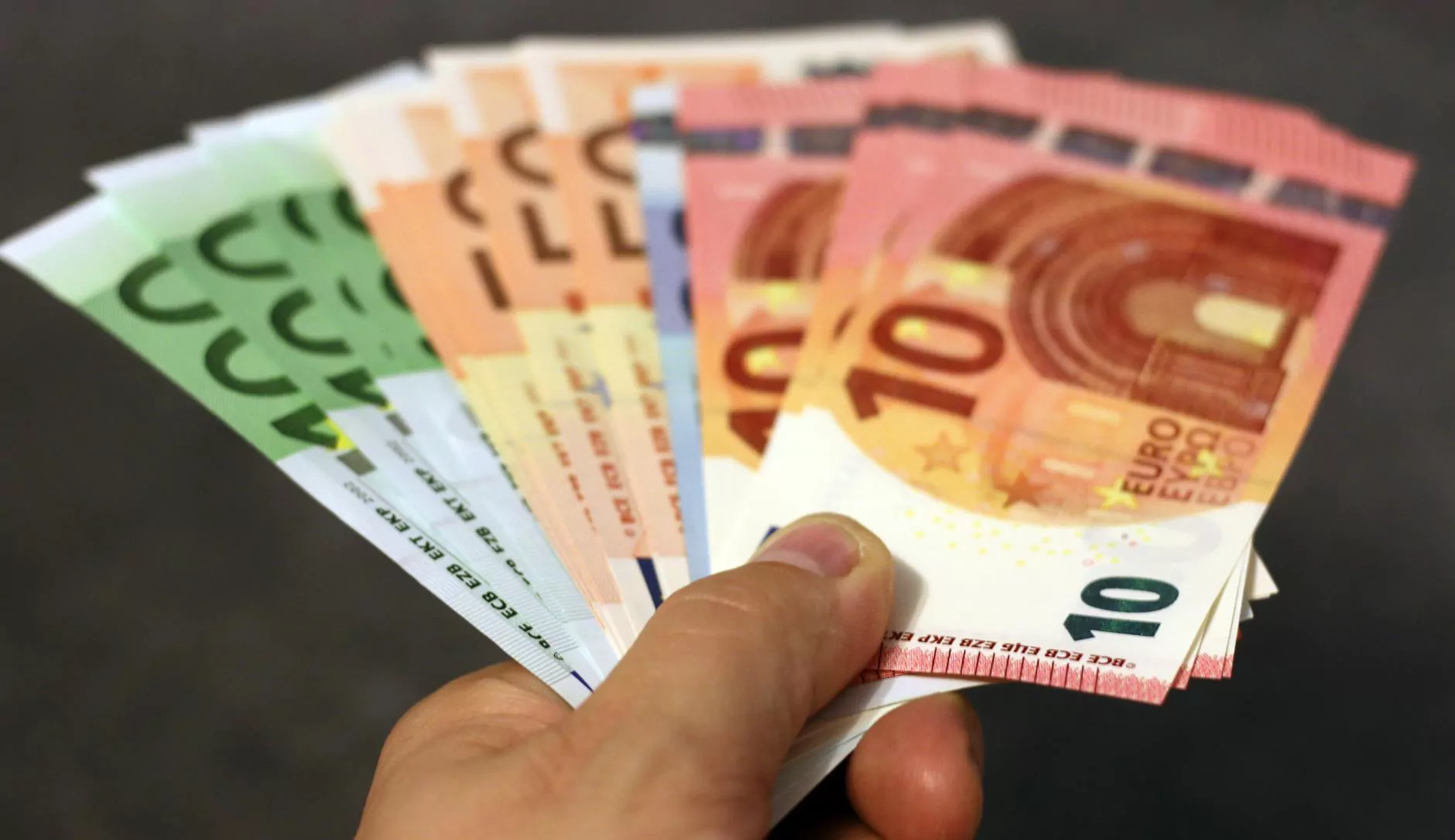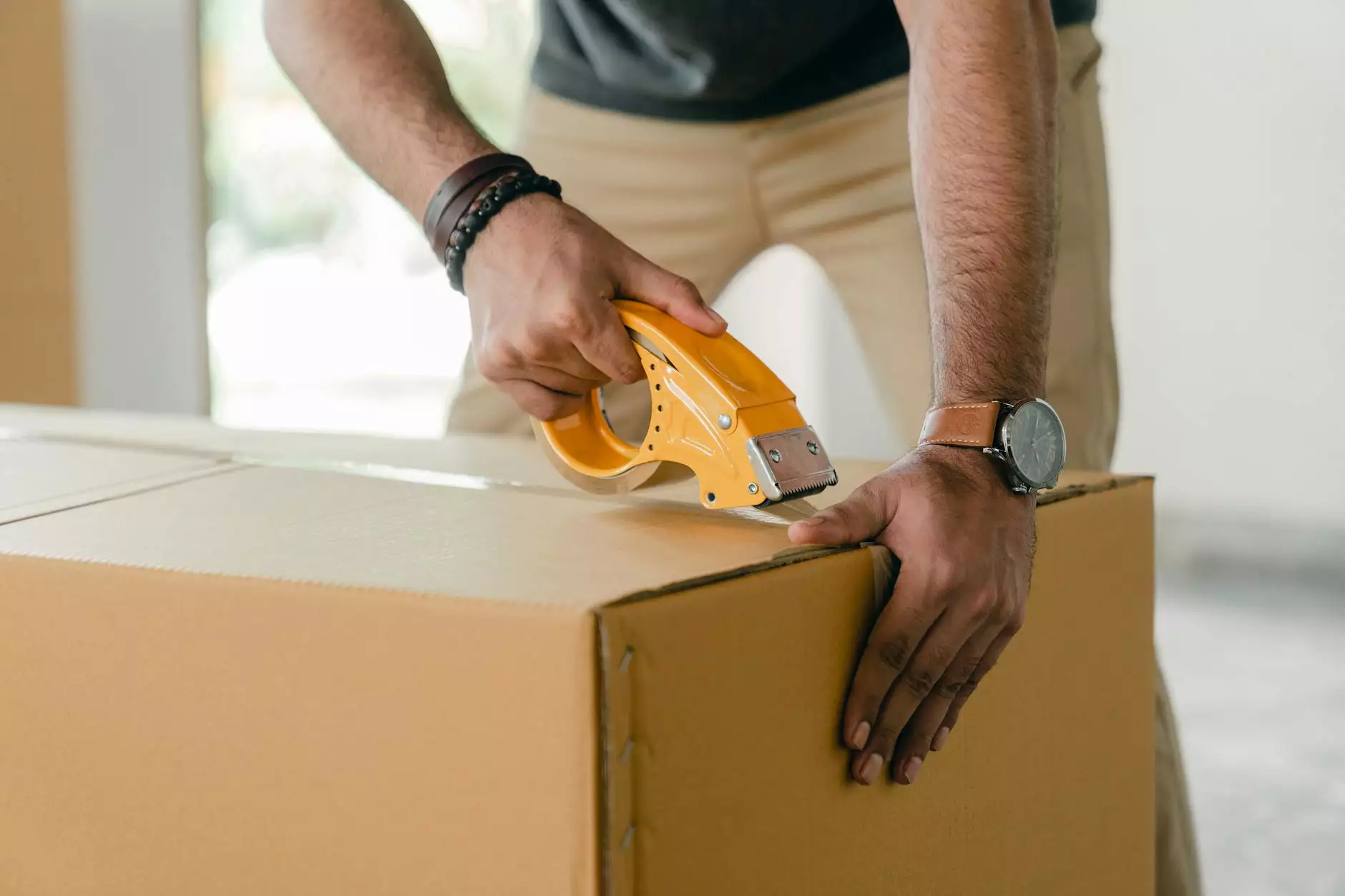Bunions Treatment Without Surgery: A Comprehensive Guide

Bunions are a common foot condition characterized by a bony bump that develops at the base of the big toe. This condition often leads to discomfort, swelling, and difficulty finding suitable footwear. While surgery is one option for bunion relief, many individuals seek bunions treatment without surgery. This article will thoroughly explore various non-surgical methods, tips, and expert insights to help manage bunions effectively.
Understanding Bunions
Bunions, medically known as hallux valgus, occur when the big toe deviates towards the second toe, causing the joint to protrude outward. This deformity can result from genetics, poor footwear choices, and certain medical conditions. Recognizing the causes of bunions is essential for effective treatment.
Common Causes of Bunions
- Genetics: A family history of bunions can increase your likelihood of developing them.
- Improper Footwear: Shoes that are too tight or have high heels can contribute significantly to bunion formation.
- Foot Mechanics: Abnormal foot mechanics can place extra stress on the toe joint.
- Health Conditions: Conditions like arthritis can exacerbate bunion pain and formation.
Symptoms of Bunions
Recognizing the symptoms of bunions can aid in early intervention. Symptoms typically include:
- Pain and Discomfort: Especially when wearing shoes.
- Swelling: Around the affected joint.
- Redness: At the site of the bunion.
- Limited Mobility: Difficulty in moving the big toe comfortably.
Non-Surgical Bunions Treatment Options
For many individuals, a range of bunions treatment without surgery options can provide relief. Below, we discuss the most effective treatments:
1. Orthotic Devices
Orthotic devices, such as custom-made shoe inserts, can significantly alleviate bunion pain. These inserts help to correct foot alignment, distribute pressure evenly, and provide better stability. Over-the-counter orthotics may also provide support, but consulting with a podiatrist for custom options is highly recommended.
2. Footwear Choices
Wearing appropriate footwear is crucial for managing bunion symptoms. It is best to choose:
- Wide-Toed Shoes: Shoes that offer ample space for the toes can reduce pressure on the bunion.
- Low Heels: Opting for shoes with lower heels can help maintain proper foot alignment.
- Well-Cushioned Shoes: Soft materials and cushioning reduce friction and discomfort.
- Adjustable Fit: Shoes with laces or adjustable straps allow for a customized fit.
3. Physical Therapy
Engaging in physical therapy or foot exercises can strengthen muscles around the toe joint, improving flexibility and function. Some effective exercises include:
- Toe Stretch: Gently stretch your big toe away from the other toes.
- Toe Flexing: Flex and extend your toes to enhance mobility.
- Marble Pickup: Use your toes to pick up marbles or small items to strengthen toe dexterity.
4. Padding and Taping
Using bunion pads or splints can provide additional cushioning and protect the affected area. Taping the toes can help realign them temporarily and reduce discomfort.
5. Ice Therapy
Applying ice packs to the bunion for 15-20 minutes several times a day can help reduce swelling and relieve pain. Make sure to wrap ice in a cloth to prevent direct contact with the skin.
6. Anti-Inflammatory Medications
Over-the-counter pain relievers like ibuprofen or naproxen can help decrease pain and inflammation associated with bunions. Always consult with a healthcare professional before starting any medication.
Diet and Lifestyle Changes
Making certain dietary and lifestyle changes can also contribute to managing bunion pain.
Nutritional Considerations
Eating a balanced diet rich in anti-inflammatory foods can help reduce overall inflammation. Consider incorporating:
- Omega-3 Fatty Acids: Found in fish like salmon, can reduce inflammation.
- Fruits and Vegetables: Rich in antioxidants and vitamins that support overall health.
- Whole Grains: Can aid in maintaining a healthy weight.
Weight Management
Maintaining a healthy weight is vital as excess weight puts additional stress on the feet. Regular exercise, combined with a balanced diet, can help in weight management.
When to Seek Professional Help
If non-surgical treatments do not provide relief or if you experience severe pain and mobility issues, it may be time to consult a podiatrist. They can provide a comprehensive evaluation and discuss further options, including surgical interventions if necessary.
Preventing Bunions
Preventive measures can significantly reduce the risk of developing bunions. Here are some tips:
- Choose the Right Footwear: Invest in quality shoes that fit well and support your feet.
- Practice Foot Hygiene: Keep feet clean and dry to prevent infections and other complications.
- Avoid Tight Shoes: Avoid high heels and painfully tight shoes that can contribute to bunion formation.
- Stretch and Strengthen: Regular foot exercises can keep your feet strong and flexible.
Conclusion
Bunions can be a significant source of discomfort, but there are plenty of effective bunions treatment without surgery options available. By understanding the causes, recognizing symptoms, and implementing the treatments discussed, you can manage your bunions effectively and improve your overall foot health. Remember to consult a healthcare professional for personalized advice and treatment options that are best suited for your individual needs.
At The Foot Practice, our team of expert podiatrists is dedicated to helping you find the best solutions for your foot care needs. To learn more about bunions or to schedule an appointment, visit our website today!









